The self-cleaning oven is one of the many varieties of ovens available on the market. For many people, the self-cleaning feature is advantageous. They don't need to scrape the charred food and clear the debris for hours. However, there is still a lot to learn about this feature.
High temperatures are used by the self-cleaning oven to burn the muck into ash. After that, the temperature returns to normal. But what happens if the self-cleaning cycle is interrupted early?
What Happens When the Oven Self-Cleans?
By turning the burned food into ash, a self-cleaning oven just makes cleaning easier without really cleaning the oven thoroughly.
The residue, drippings, and other crud must then be physically cleaned off with your hand. After the food is cooked and removed from the oven, the door will automatically lock and the oven will then generate high heat to transform any fat or gunk into ash.
It can be between 800 and 900 degrees Fahrenheit at that time. Depending on how much filth is within, the operation may take several hours. The self-cleaning cycle will cause the oven to get very hot.
What Takes Place If You Stop a Self-Cleaning Oven in the Middle of a Cleaning Cycle?
The self-cleaning oven has an automatic locking mechanism like many toasters, and the door is kept locked while the oven is cleaning. The cooling cycle lasts at least an hour, while the cleaning procedure takes three hours. This means that after completing one batch of cooking, the oven must be off for at least four hours.
But what if you're expecting a visitor and need to use the oven before they arrive?
The oven burns the filth inside at a temperature of 800 degrees Fahrenheit as it is being cleaned. Therefore, the harm could happen if you turn off the oven while it is being cleaned.
However, depending on the model, you may still be able to stop the cleaning cycle before it is finished. The oven will go back into standby mode if the cancel or clear button is pressed on the control panel. However, it may take up to an hour or longer for the oven to cool down. Furthermore, you ought to keep the oven at a distance.
Time Required for Self-Cleaning
The kind and brand of your oven, as well as the quantity of grease and filth within, will all affect how long the self-cleaning cycle lasts.
An average cleaning cycle for a self-cleaning oven lasts between two and four hours. Some expensive ovens offer a one- to two-hour rapid self-clean setting. To burn off any food particles and grease, the oven reaches exceptionally high temperatures during the self-cleaning procedure, ranging from 800°F to 900°F.
Additionally, it takes the oven at least an hour to cool off before use. Thus, the entire procedure may take up to 5 hours. In this manner, you can avoid using your hands to scrape the oven interior vigorously.
Pyrolytic and synergist self-cleaning ovens are the two varieties. When the cleaning cycle is over, pyrolytic consume high heat, removing the debris. Synergist uses force and steam, and you have to clean the oven by hand.
How Much Time Does A Self-Cleaning Oven Need To Cool Down?
A self-cleaning oven needs anything from 30 minutes to three hours to reach room temperature. Don't open the oven door during the cooling process as this can cause the temperature to decrease more slowly and can harm the oven. The oven utilises roughly 900 degrees Fahrenheit heat to burn off any food or grease from the inside surface and then uses room temperature to cool it down.
Once the cleaning cycle has begun, the door will lock itself. The door will then open once the oven has totally cooled. It is not advised that you open the door at this time. A cooling fan or vent on some high-end models hastens the cooling process.
When Should You Run Your Oven's Self-Cleaning Cycle?
Anytime in the oven, spills of greater significance occur. When you use your oven, the buildup may have an adverse effect on its function and emit foul odours or smoke.
A self-cleaning oven burns off food particles, grease, and other residue by operating at an extremely high temperature, usually between 800 and 900 degrees Fahrenheit for 3 to 5 hours. You can clean the interior after it has cooled. High temperature makes cleaning the sticky and fatty sections of the food easier, just like an electric griddle, toaster oven, or slow cooker. However, there is no self-cleaning setting for slow cookers.
During this time, the oven cannot be used, and the daily cleaning procedure is not required. Run your oven's self-cleaning routine about once every three to six months; occasionally, depending on the amount of muck, it may take more or less time. Run the self-cleaning cycle while the oven is fully ventilated because the cycle may emit smoke and odours.
Is It Safe to Use a Self-Cleaning Oven?
If you carefully follow the directions and take measures, a self-cleaning oven is (more or less) as safe as conventional cooking and roasting equipment. While cleaning, make sure your kitchen has adequate ventilation. Before the oven starts cleaning, take out any racks, pans, or other attachments to prevent damage. Don't touch the oven while cleaning, and keep kids away from it.
How do you ventilate an oven after cleaning?
Open the oven door and let it air out for 5-10 minutes. This allows any chemical fumes from oven cleaners to dissipate.
Turn on your kitchen ventilation fan or range hood. Make sure it is vented to the outside, not just recirculating air. Let the fan run for 15 minutes or more with the oven door open.
Open some windows in the kitchen to allow fresh air in and let any lingering fumes escape.
You can place a small fan near the oven, blowing air outwards. This helps purge any residual odors or fumes.
If there are still some stubborn smells, place a bowl of water with lemon slices or vinegar in the oven. Heat at 300°F for 30 minutes, then let cool completely before wiping out. The heated acid helps absorb odors.
Baking soda is also great for absorbing stubborn smells. Sprinkle some in the oven and wipe off after 15 minutes. The soda will absorb any lingering odors.
The key is allowing enough fresh air circulation to remove any chemicals from oven cleaners. Be sure to ventilate properly before using the oven again to prevent any unpleasant smells when cooking foods. Let the oven air out sufficiently after cleaning.
Can self-cleaning oven kill you?
It causes a buildup of carbon monoxide.
Carbon monoxide, as you are surely aware, is extremely hazardous to humans and can cause a variety of ailments. The self-cleaning mechanism on ovens has been shown to generate a buildup of carbon monoxide gas. Carbon Monoxide is difficult to detect, which makes it even more dangerous because the gas may be discharged into the air without your knowledge, and it can cause poisoning if not caught.
This is caused by the accumulation of old burnt and charred food in the oven. When heated to high temperatures in the self-cleaning mode, it can cause the food to emit carbon monoxide.
You should not use the self-cleaning oven feature to avoid burnt food heating up and perhaps generating Carbon Monoxide. Instead, use a scrubbing brush and hot soapy water, as well as specific oven cleaning chemicals, to manually remove and clean the burnt food.
Avoid Using It For Your Pets' Safety.
Our pets are family members; whether they are cats, dogs, birds, or small fuzzy creatures, they are our dearest friends and rely on us for everything. We do everything in our ability to keep them safe and avoid putting them in risk. So why would you utilize the self-cleaning option if it could hurt animals? Not only do we adore our pets, but vet fees can be exorbitant.
Our pets are members of our families; whether they are cats, dogs, birds, or small fuzzy critters, they are our closest companions and rely on us for everything. We do everything we can to keep them safe and prevent placing them in danger. So, why would you use self-cleaning if it could harm animals? We adore our pets, but vet bills can be costly.
Even if your kitchen is well aired and all windows are open, toxic gases can and will harm your pets. So, if you utilize the self-cleaning feature, make sure that all animals are outdoors and that they stay outside for a time after the process is finished. Otherwise, you may end up with a very sick pet, or even worse, your pet may die. Nobody wants to lose their pet simply because they did not disable the self-cleaning mode.
It Can Have Harmful Effects on Those With Respiratory Health Issues or Asthma.
The Teflon coating inside ovens is intended to endure the heat of typical cooking and baking, but it is not intended to withstand the extreme temperatures of the self cleaning feature.
Coughing, wheezing, sweating, difficulty breathing, and other flu-like symptoms can be caused by the vapors produced by the heated Teflon coating. If someone in your home has asthma or other upper respiratory system problems, it might be harmful to their health and well-being.
Someone who does not have breathing problems may be able to cope with the fumes and not be affected visibly. At the same time, people impacted will have excruciating flu-like symptoms, which might lead to other health problems or worsen pre-existing ones.
Even if people with health problems sit in a place far away from the kitchen, with windows open, kitchen vents open, and fans turned on, the fumes will still affect and reach them. Even when the self-cleaning operation is completed, the harmful gases will remain in the air. Toxic fumes might take a long time to dissipate from a property.
For the sake of people with health concerns, as well as those without, it is advised to avoid utilizing the self-cleaning oven feature, as it might produce a slew of severe flu symptoms.
It is recommended that persons with health difficulties, as well as those without, avoid using the self-cleaning oven option, since it may cause a barrage of severe flu symptoms.
As previously stated, newer and modern ovens are constructed with the heating elements hidden, which is wonderful for the appearance and convenience of manual cleaning, as well as protecting the elements. However, due to the placement, it is difficult for the oven to dissipate, circulate, and exhaust the heat. When the control panel and components become too hot, the elements and fuses can blow.
As previously stated, newer and more sophisticated ovens are built with the heating elements hidden, which is great for the appearance and ease of manual cleaning, as well as safeguarding the elements. However, due to the positioning, the oven struggles to diffuse, circulate, and exhaust heat. The elements and fuses can blow if the control panel and components grow too hot.
Manufacturers are well aware of the shortcomings of self-cleaning ovens and the issues they might bring, but buyers expect self-cleaning capabilities, and brands provide. There is no way for manufacturers to construct ovens in a more efficient self-cleaning manner, hence it should be avoided at all costs.
Because the elements and control panel cannot withstand the heat, they both burn out and break when the self-cleaning oven feature is engaged.
When an oven breaks due to self-cleaning, it can be highly expensive to repair because the entire oven must be disassembled to access the elements and control panel. To repair the oven, extra time, labor, and technical parts are required. So it is more cost-effective and, in general, better to clean the oven manually and avoid any self-cleaning function your oven may have.

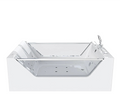
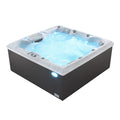
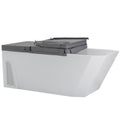
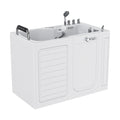
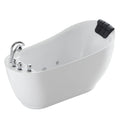
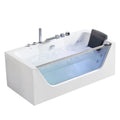
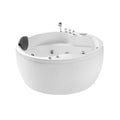
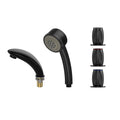

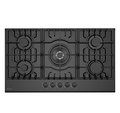
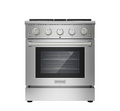
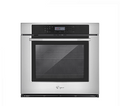

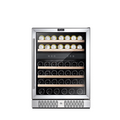

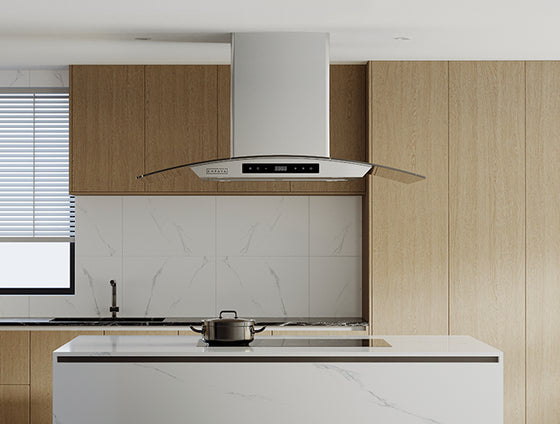

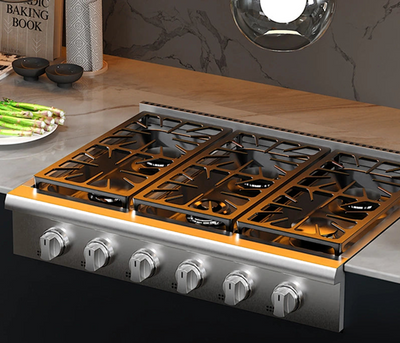
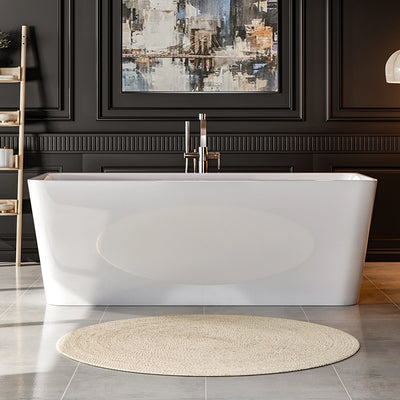


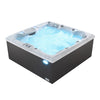
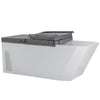
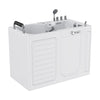
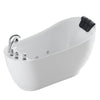
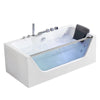
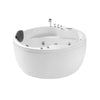
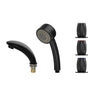




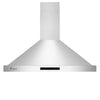
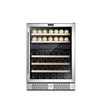
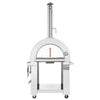
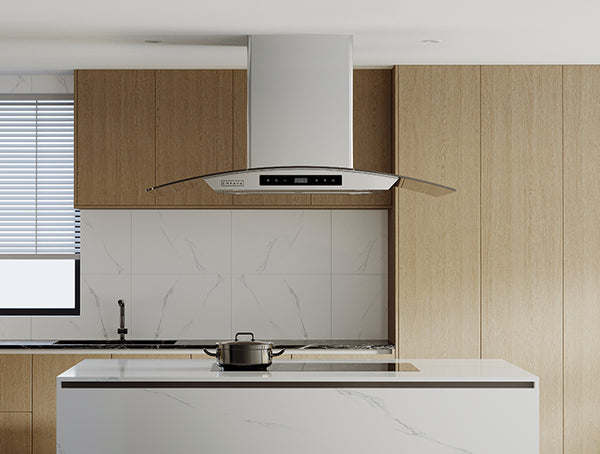

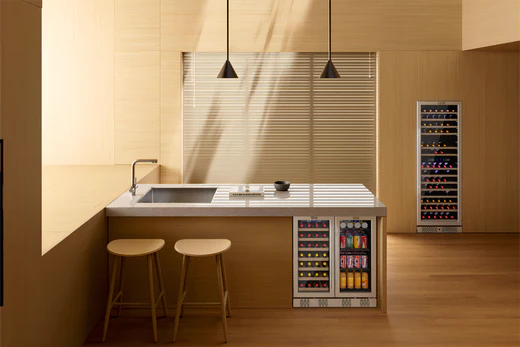

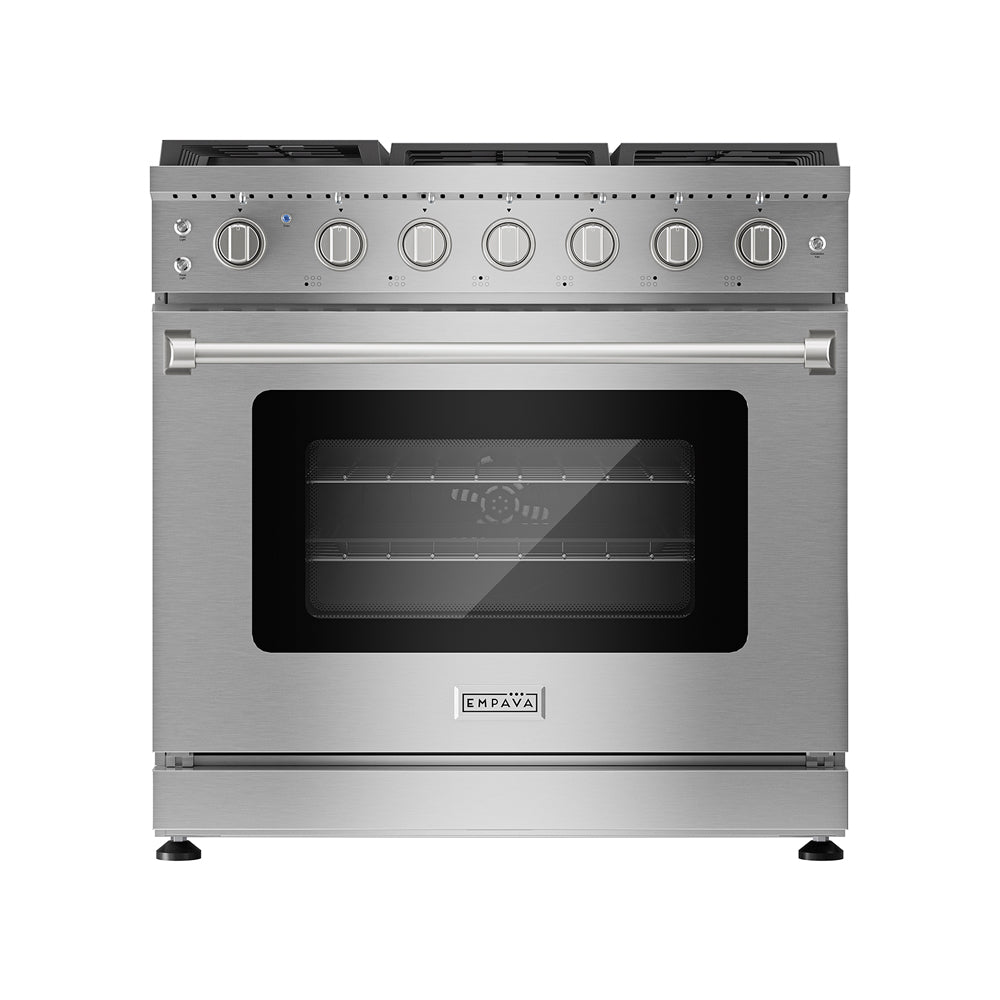

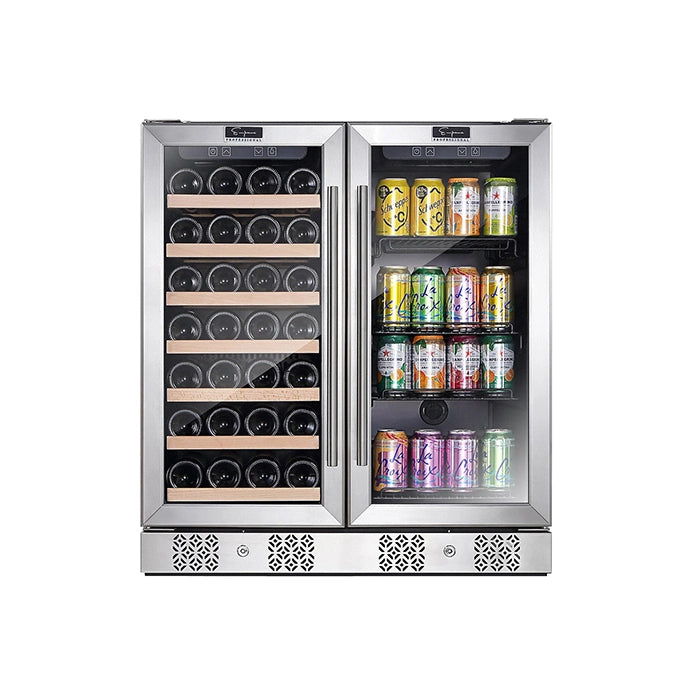
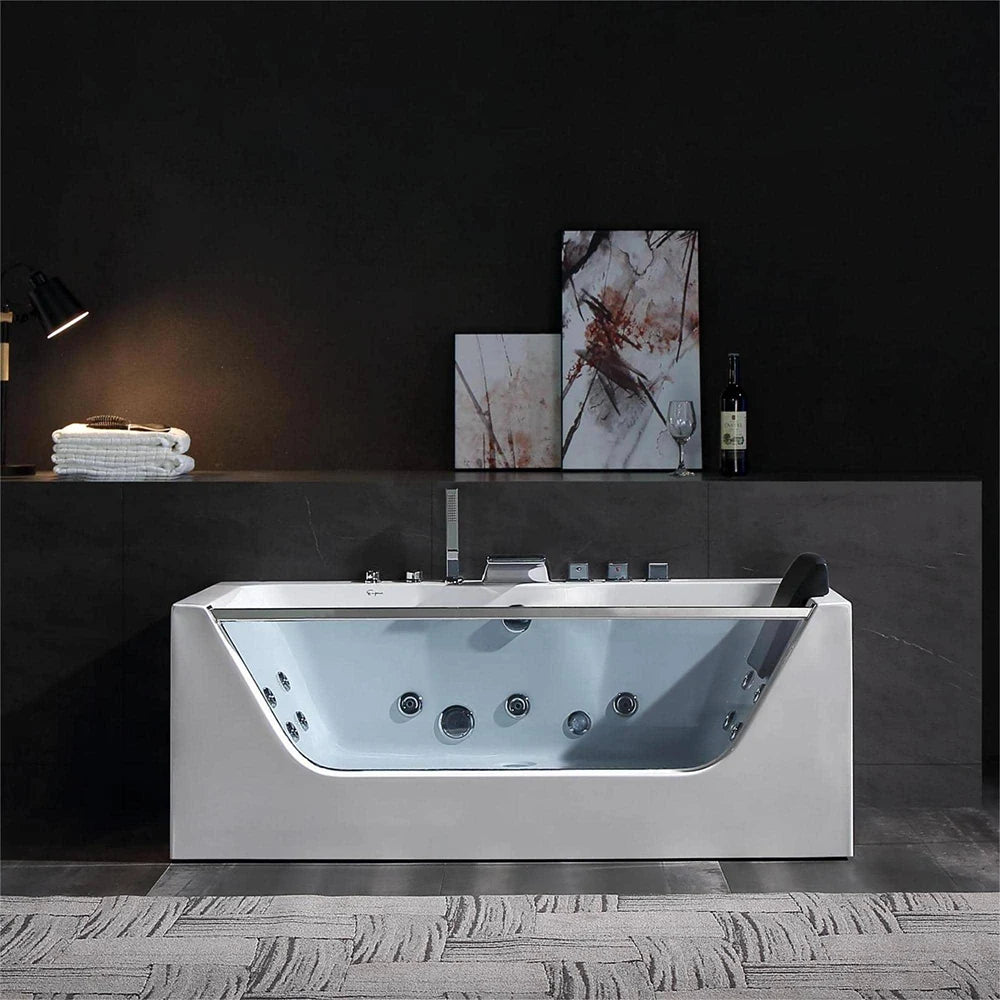
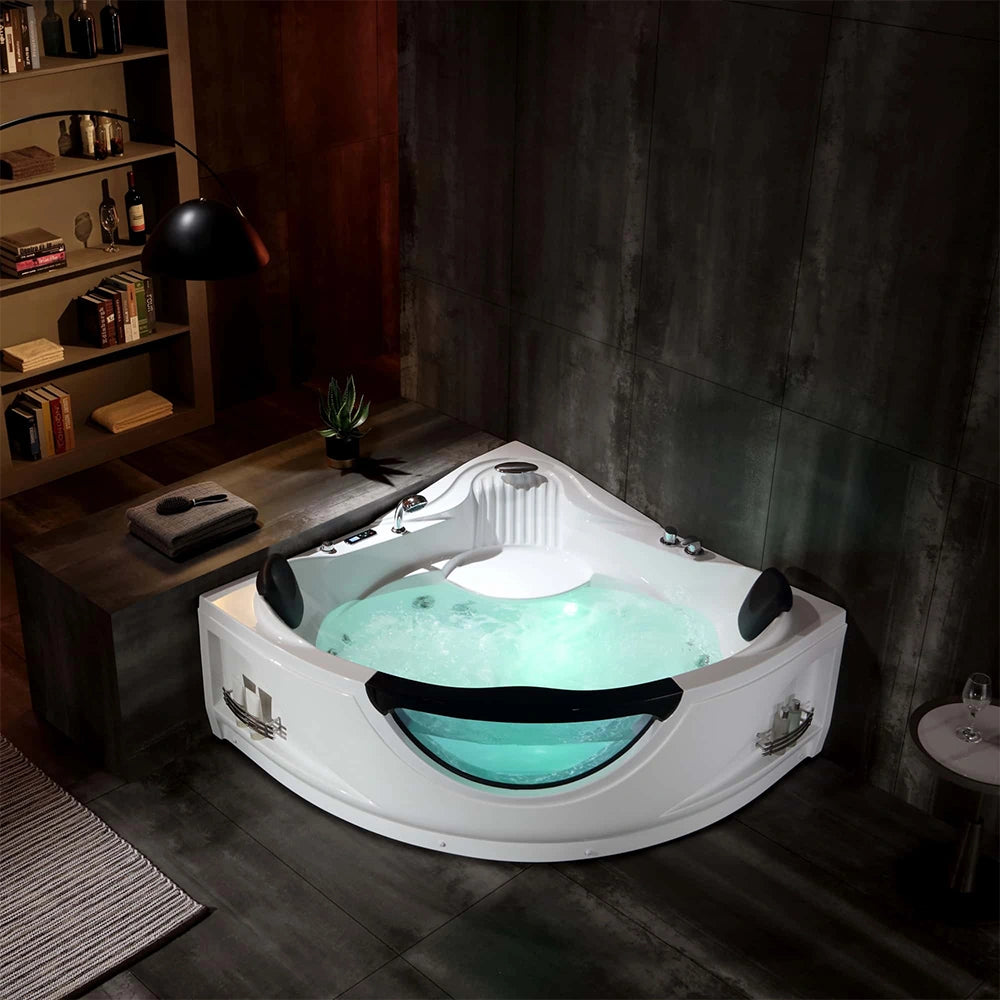
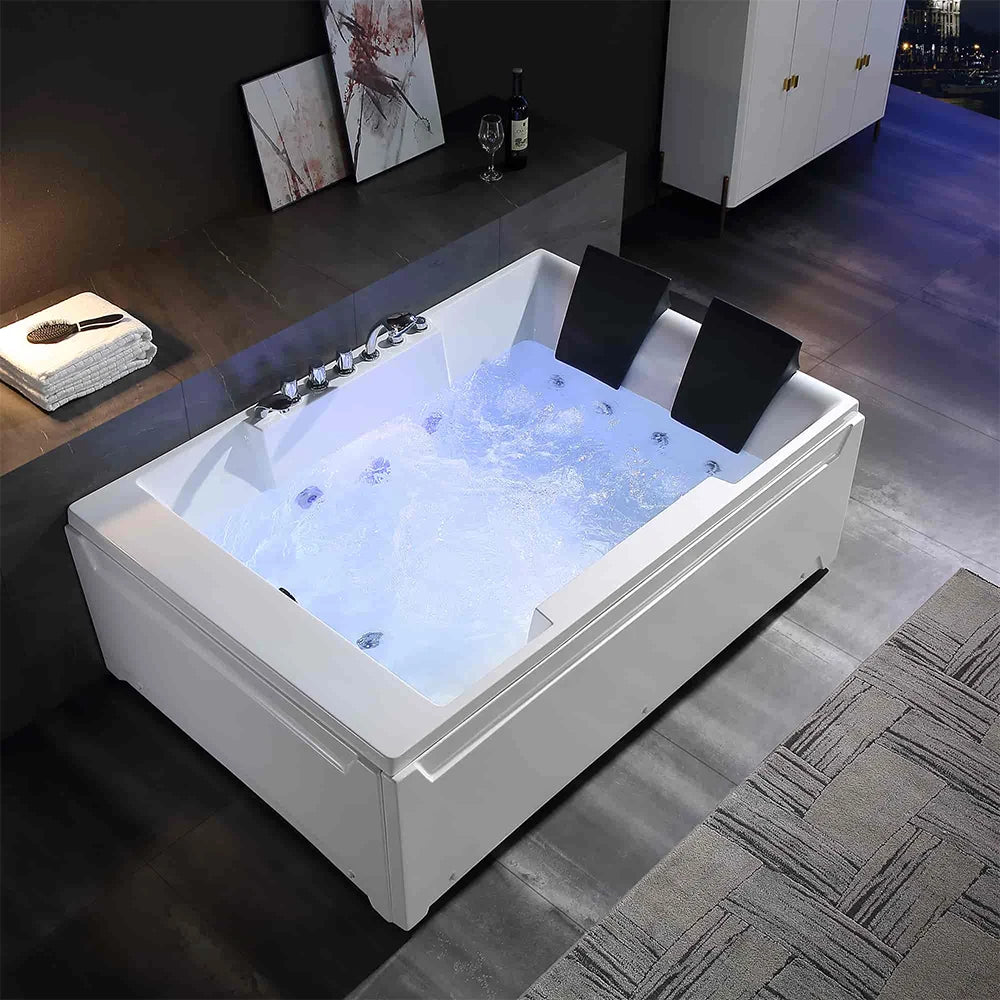
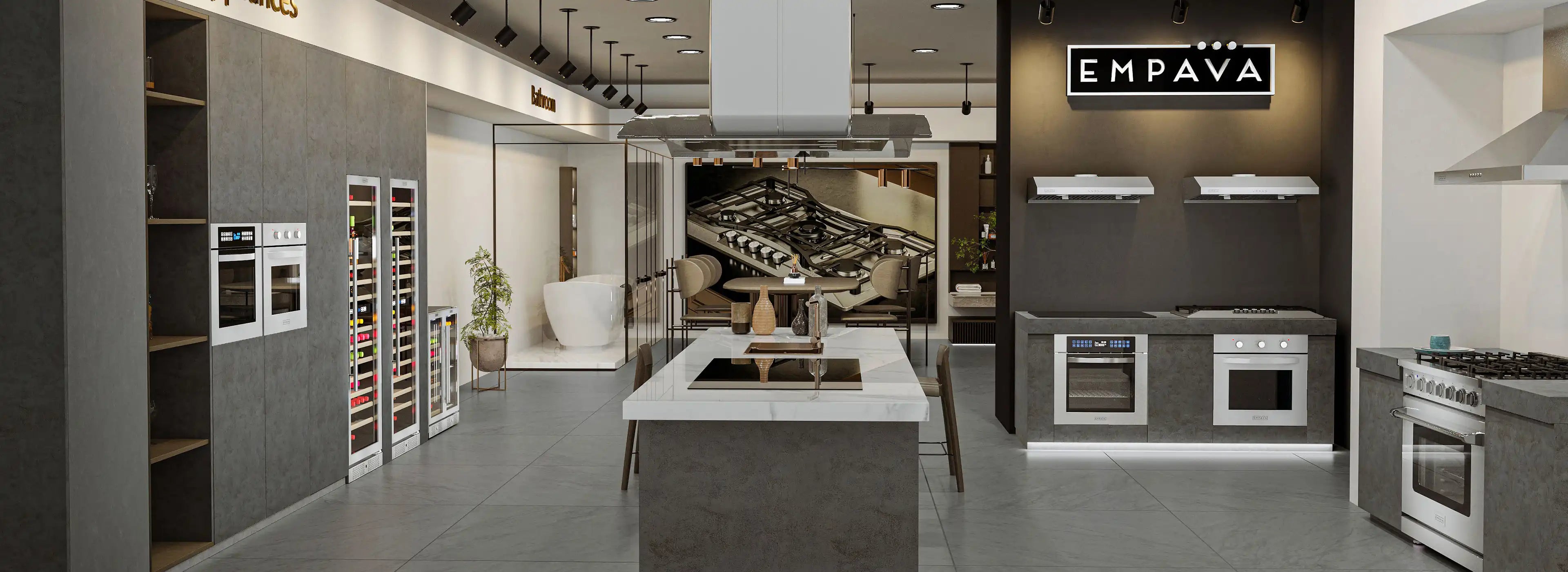
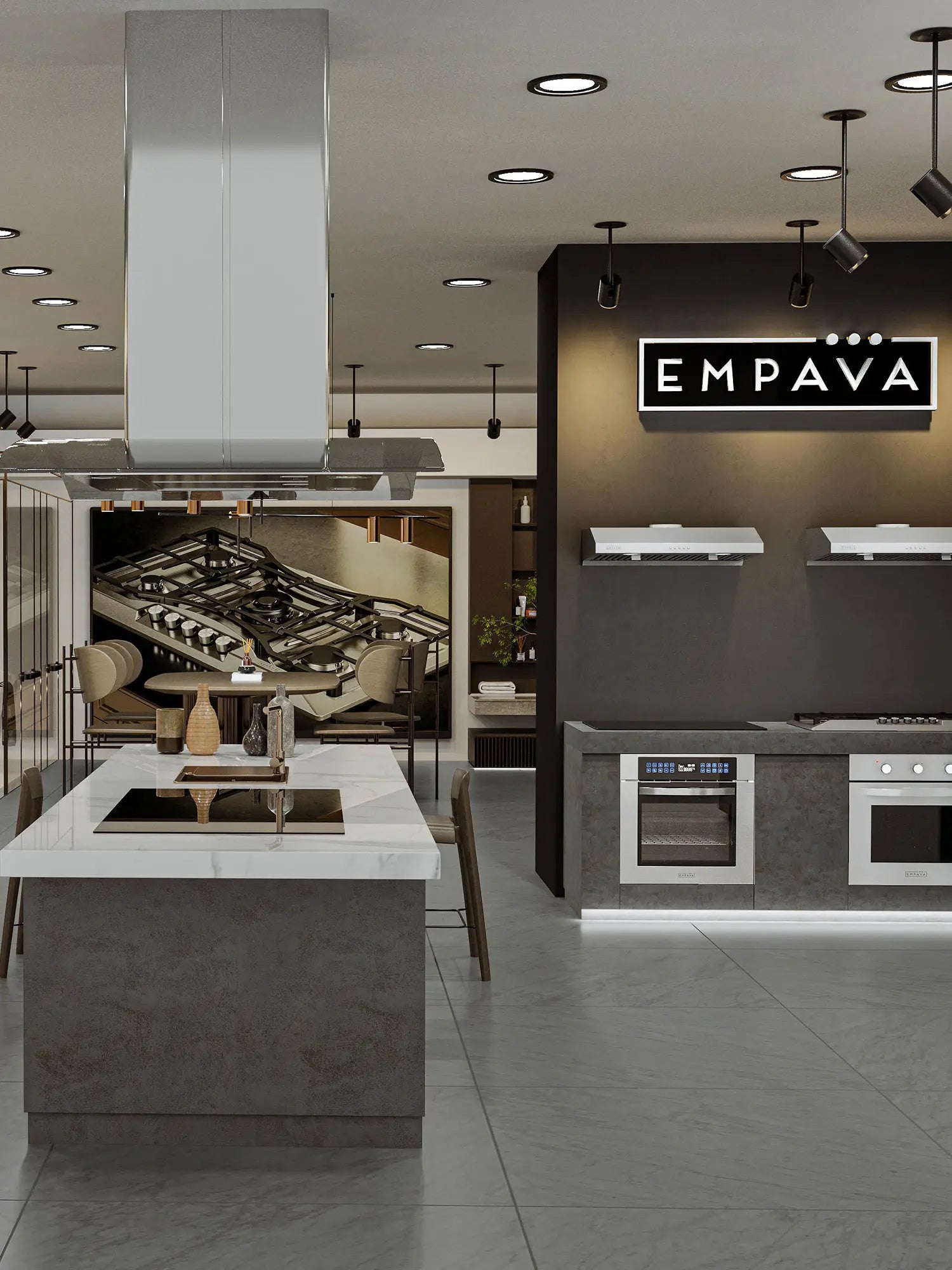

 added to cart
added to cart
 Select A Custom Kitchen Tool Set
Select A Custom Kitchen Tool Set